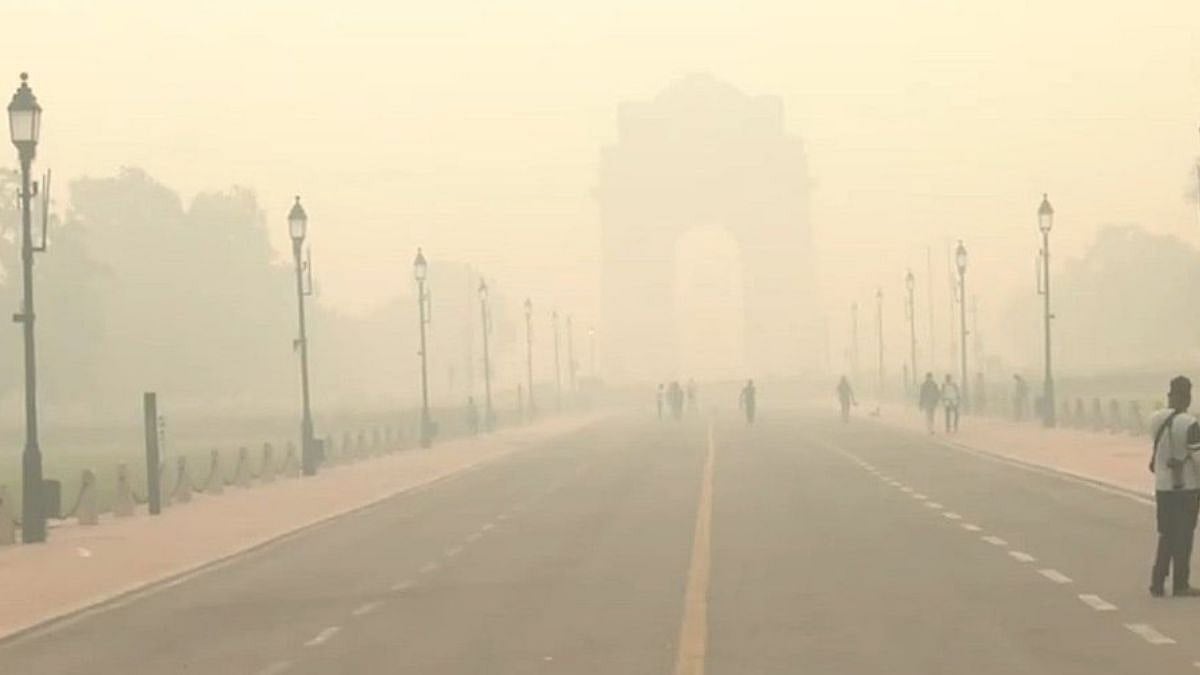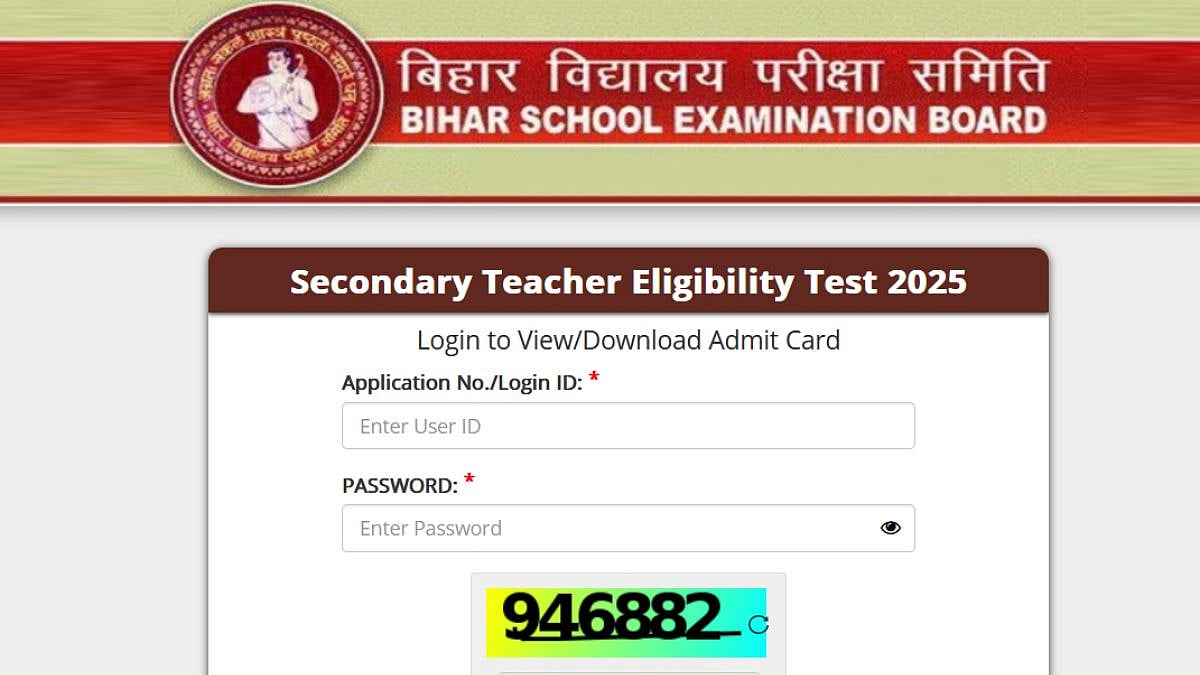New Delhi: As winter sets in, a thick layer of smog enveloped the national capital Delhi on Friday morning. The city's air quality remains in the 'Very Poor' category, with an AQI of 384 at 8 am, according to data from the Central Pollution Control Board (CPCB).
The city had recorded an AQI of 377 at 4 pm on November 27. Despite the slight deterioration, the city's air quality continued to remain in the ' very poor' category.
Many areas across the city recorded a 'Severe' AQI. According to the CPCB, Ashok Nagar recorded an AQI of 417, while Bawana reported 413. Other prominent areas, including Chandni Chowk (408), Jahangirpuri (420), Jawaharlal Nehru Stadium (401), and Burari Crossing (403), also fell under the 'Severe' category.
Anand Vihar also woke up to a thick layer of smog, registering an AQI of 408. But according to city resident Vinod, the pollution is higher in Delhi due to volcanic ash from Ethiopia reaching parts of India.
He further emphasised that the government did take steps to reduce pollution, such as cloud-seeding experiments to induce artificial rain, but these efforts were unsuccessful.
"Pollution is there just like every year, but due to volcanic ash cloud effect, the level of pollution is more in the city...rest is normal...the government did take steps like artificial rain, but it is a failure since the chemical was dropped in a particular area, but it rained somewhere else, but it is scientific...sometimes it fails" Vinod told ANI.
However, many parts of the National Capital are also grappling with very poor AQI in the morning. For example, Mandir Marg recorded an AQI of 320, placing it in the 'very poor' category. Other areas, including ITO (393), Najafgarh (365), Sirifort (394), and Sri Aurobindo Marg (354), experienced similar conditions, with air quality remaining in the very poor range.
According to AQI categorisation, 0-50 is 'good', 51-100 'satisfactory', 101-200 'moderate', 201-300 'poor', 301-400 'very poor', and 401-500 'severe'.

Earlier, as the AQI level improved from the 'severe' to 'very poor' category, CAQM on Wednesday decided to lift all restrictions under Stage III of the Graded Response Action Plan (GRAP) with immediate effect, a press release said. Additionally, the CAQM had directed authorities to intensify actions under Stage I and Stage II of GRAP to ensure that pollution levels do not rise again.
"Actions under Stage-I & II shall, however, remain invoked and be implemented as per the modified GRAP dated 21.11.2025 (copy enclosed), monitored and reviewed by all the agencies concerned in the entire NCR to ensure that the AQI levels do not slip further to the "Severe/ Severe+ Category". All implementing agencies shall keep strict vigil and especially intensify measures under Stage-1 & II of the modified GRAP," the release said. The order also stated that construction sites that were shut down earlier for violations cannot resume work without a separate clearance from the Commission.
The Graded Response Action Plan (GRAP) is a set of emergency measures that come into force in Delhi-NCR when air pollution crosses certain danger levels. It's designed to curb air pollution in stages as the Air Quality Index (AQI) worsens.
(Except for the headline, this article has not been edited by FPJ's editorial team and auto-generated from an agency feed.)








